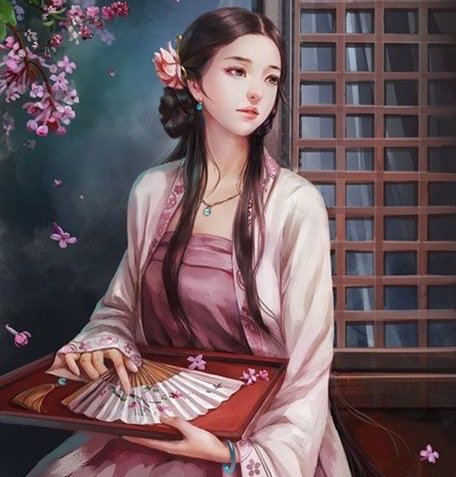17+ Top Notch Ancient Chinese Hairstyles Women

The Manchu hairstyle was forcefully introduced to Han Chinese and other ethnicities like the Nanai in the early 17th century during the transition from Ming to Qing.
Ancient chinese hairstyles women. Men typically tied their hair in a knot at the top of their head under a piece of cloth or a hat. In this hairstyle the front and sides are shaved and the rest of the hair is gathered up and plaited into a long braid that hangs down the back. Beautiful Chinese old traditional hairstyles tutorial I hope you enjoy my videos please subscribe my channel comment like and share if you need more video.
A scene from the Story of Yanxi with women in whats called erbatou 二把头 two-headed hair hairstyle known to be first spotted in about 19th century. The only sign of individuality was the different hairpins and silk flowers. The hair on the front of the head was shaved off above the temples every ten days and the remainder of the hair was braided into a long braid.
A simple hairdo from the Han Dynasty 206 BCE. See more ideas about ancient china ancient womens hairstyles. In the 1950s a short bob cut just below the ears a simple style favored by female communists and soldiers was widely imitated by Chinese women.
220 CE consisted of a long low ponytail tied loosely so that hair framed the face on both sides and showed off the forehead. Girls were not allowed to curl their hair before they were married. Hair was parted down the middle as beauty ideals favored symmetry.
So if you look at the evolution chart The story of Yanxi looks the most authenticnobody had that insanely huge hair which clearly belonged to the late Qing dynasty. Most people had long hair and sometimes cutting someones hair was used as a. Ancient fashion oblique bangs half tie hair.
During the Han Dynasty 206 BCE to 220 CE women used to tie their hair in loose buns with some untied hair hanging down their backs. Chinese women have sported different hairstyles during different periods of time. In the western world the image of men with queues is practically synonymous with the idea of imperial China - so it may surprise you to learn that this hairstyle did not actually originate in China.















